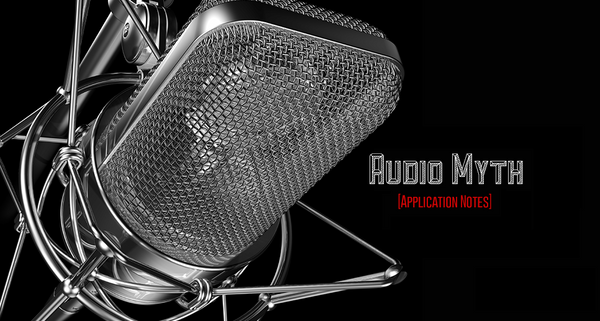I am now a bit more confused than before.
This is obviously a concept that can not be over simplified. But can anyone try and sum it up ?
a few questions come to mind:
Why is it called “damping factor”? (Damp=slightly wet, so does this imply restrictions on the movement of the drivers?)
What audible effects do high and low DF have on speakers with high sensitivity/impedence?
As in the “watts-ohms-decibel” calculations for amp- speaker matching, how could we use DF to calculate…. (Possible Synergy?) providing there is a standard way of measuring this.
Wikipedia excerpt:
”…The
damping ratio is a
dimensionless measure describing how
oscillations in a system decay after a disturbance. Many systems exhibit oscillatory behavior when they are disturbed from their position of
static equilibrium. A mass suspended from a spring, for example, might, if pulled and released, bounce up and down. On each bounce, the system tends to return to its equilibrium position, but overshoots it. Sometimes losses (e.g. frictional) damp the system and can cause the oscillations to gradually decay in amplitude towards zero or
attenuate. The damping ratio is a measure describing how rapidly the oscillations decay from one bounce to the next...”
I am guessing in the audio world this would be most perceptible in the quality of low frequency ( bass extension, decay, control, looseness/ tightness etc)? Probably noticeable to a lesser dgree with the mids and highs? Just speculating. Please correct me if I am mistaken.
KEF explain:
https://us.kef.com/blogs/news/damping-factor-explained


